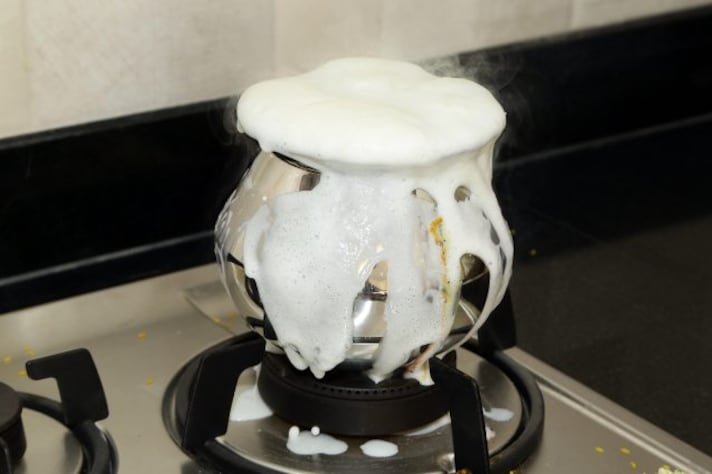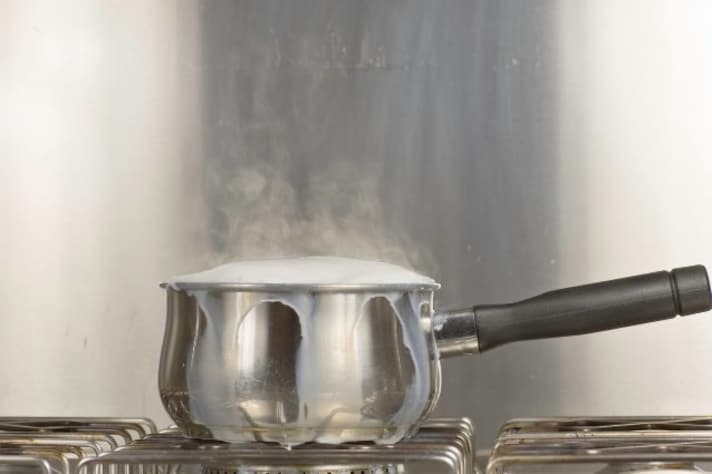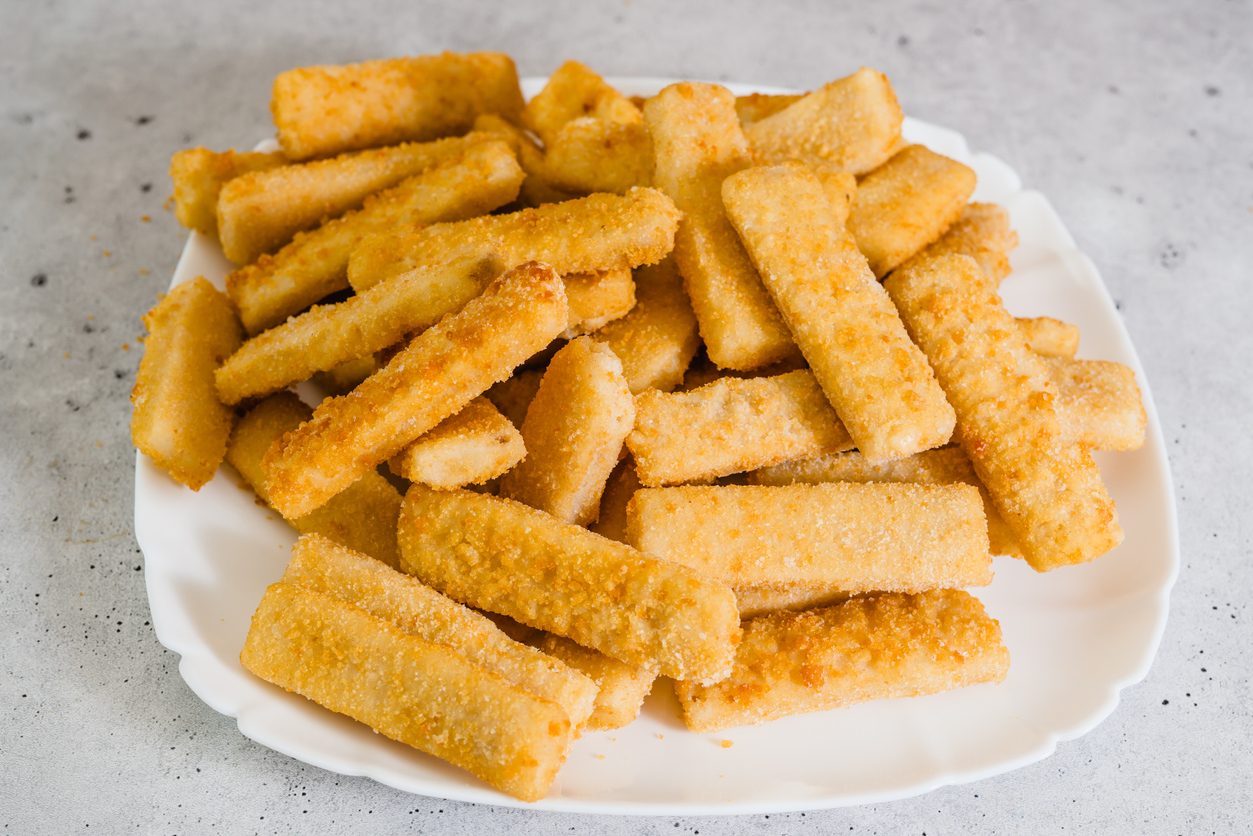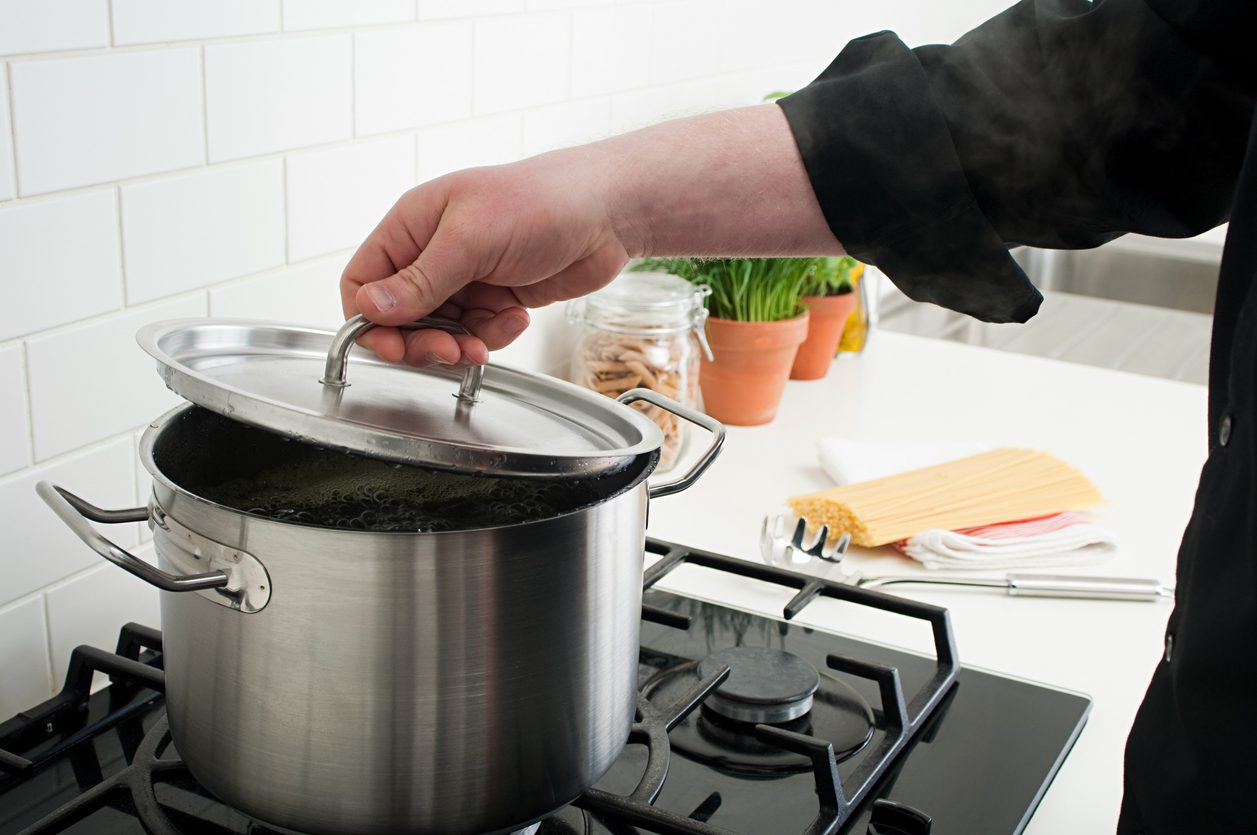Why You Should Never Walk Away From Your Pot When You’re Boiling Milk
Boiling milk is very easy, but here's the catch: you should never walk away from the pot! Milk can quickly boil over due to trapped steam beneath the surface, creating a messy "milk volcano", and it can also burn at the bottom, leaving a bitter flavor and a lingering burnt smell. To prevent disaster, stay close, stir often, and give the milk your full attention.

There’s something undeniably comforting about warm milk. Whether you’re using it as a base for a creamy sauce, a hot drink on a chilly morning, or one of those home remedies that instantly soothes a sore throat, milk has a special way of turning a simple recipe into something cozy. Boiling milk is, in theory, a pretty straightforward process. It’s not like it needs a fancy recipe or technical instructions—just pour the milk into the pot, heat it up, and wait, right? Well, not exactly. There’s one unspoken rule in the kitchen when dealing with milk: never walk away from the pot.
The Great Milk Volcano
Boiling milk has a sneaky habit of turning into a science experiment gone wrong. One minute it’s quietly heating up, and the next, it’s frothing and bubbling over the edge like a mini volcano, creating a sticky, burnt mess on your stovetop. The culprit? Milk contains proteins and fats that form a thin skin on the surface as it heats. Once this happens, steam gets trapped beneath the skin, building up pressure until, well, it erupts. By the time you hear the telltale sizzle, it’s too late. The milk has boiled over, and your once-clean kitchen now looks like the site of a dairy disaster. Walking away for just a few seconds could mean a long session with your sponge and stove cleaner. The only way to avoid this is by standing guard and stirring occasionally, breaking up that pesky surface skin before it turns your kitchen into a splash zone.

Once Milk Burns, There's No Un-Burning It
Another reason you shouldn’t stray far from the pot is the risk of burning the milk. Milk has a tendency to scald if left unattended. The bottom layer can overheat and burn long before the rest of the milk boils, leaving behind that unmistakable burnt smell and flavor. Scorched milk isn’t just a little oops—it’s a game changer. Once the milk has burnt, no amount of sugar or chocolate can mask that unpleasant bitterness. Whether you’re making a sauce or prepping your morning oatmeal, burnt milk will ruin everything it touches. And as for the smell? You’ll be airing out your kitchen for hours. Keeping an eye on the pot and giving it a good stir now and then ensures the milk heats evenly, preventing any scorched surprises.

Milk Will Boil Faster When You Watch
Here’s a kitchen paradox: while the old saying goes that a watched pot never boils, in the case of milk, it feels like the exact opposite. Milk can go from calm to chaos in the blink of an eye. You might think you have time to step away to check your phone or flip through a magazine, but as soon as your back is turned, that once-placid liquid will suddenly decide it’s time to misbehave. The moral of the story? Milk boils when you least expect it. By staying right there with it, you can keep an eye on the subtle changes, adjusting the heat before things get out of hand.
;Resize,width=767;)
;Resize,width=712;)
;Resize,width=712;)

